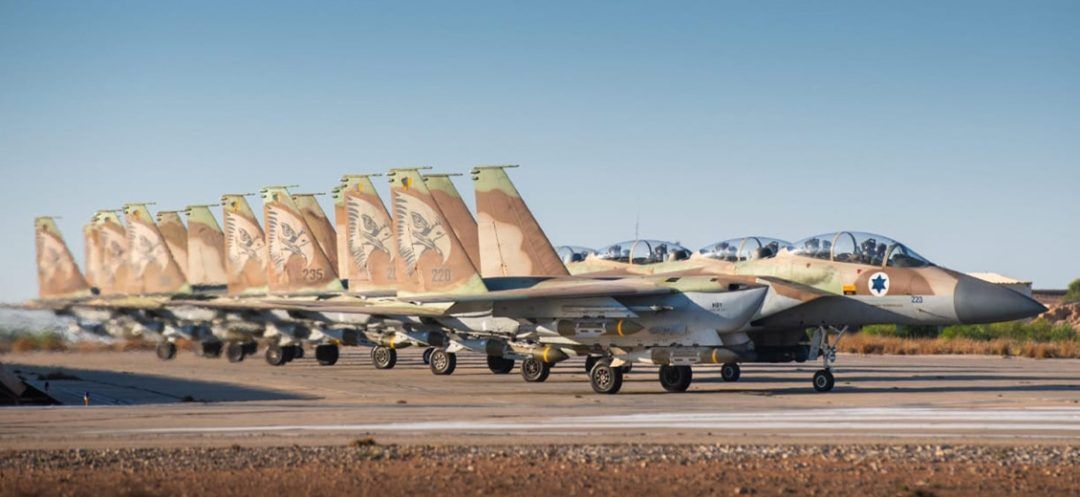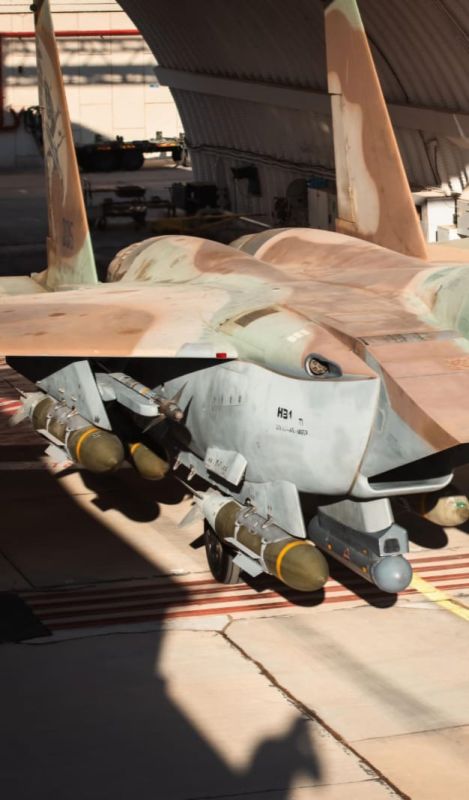
A careful analysis of the assassinations carried out by Israel against Hezbollah's leadership—particularly Secretary-General Hassan Nasrallah—reveals that these operations are based on highly accurate intelligence. The failure rate of these missions has been notably low. For instance, an attempt on Ali Karaki in the southern suburbs occurred just days before the targeted assassination of Nasrallah, and Karaki ended up falling alongside him.
It is important to highlight that the Israeli army utilized firepower tailored to the significance of each target and their locations during these assassination operations. Drones were deployed to strike Hezbollah members and officials traveling in vehicles or on motorcycles, as well as those present in buildings identified through intelligence assessments. This targeted approach ensured that the use of drone weaponry effectively achieved its objectives.
In the context of achieving their objectives, the Israelis resorted to using advanced fighter jets in assassination operations targeting high-profile individuals, whether in terms of their personal stature or leadership and military effectiveness. These aircraft and drones were equipped with precision missiles that carried substantial destructive capabilities. This was particularly evident in four notable assassination operations: those of Saleh al-Arouri, a senior official in Hamas, Fouad Shokr, the military leader of Hezbollah and commander of the Radwan Forces, as well as the most recent assassination operation targeting Hassan Nasrallah.
During the assassination attempt on Hassan Nasrallah, the Israelis released images and videos featuring the F-15 fighter jets involved in the operation, which numbered between 8 and 10 aircraft. Each jet was shown carrying between 6 and 8 MK84 missiles, each weighing 900 kilograms.

This aligns with reports from various media outlets and intelligence sources indicating that as many as 80 bombs may have been dropped on Nasrallah’s location. Observers noted that such a large-scale assault had not been seen since the outbreak of the war on October 8, underscoring the significant importance of the target.
The Israelis sought to eliminate any chance of survival for Hassan Nasrallah by deploying a massive amount of explosives at the assassination site, ensuring that he could only escape if he had the opportunity to leave prior to the attack.
However, intelligence reports received during the operation indicated that Hezbollah’s Secretary-General was still present. A military expert noted that if the Israelis had even the slightest doubt that Nasrallah had left, they would have ordered their aircraft to return to base, as failing to achieve their objective would weigh more heavily on them than aborting the entire operation.
Read more



Comments